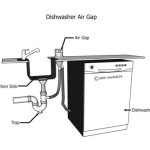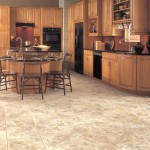Kitchen islands can be a great addition to a home, providing additional counter and storage space and helping to define the look and feel of a kitchen. But when it comes to settling on a design, size, and materials, the cost of a kitchen island can be a daunting task for any homeowner. In this comprehensive guide, we’ll cover all the different factors that can affect the cost of a kitchen island and help you understand the most cost-effective options.
Cost Factors of Kitchen Islands
When it comes to the cost of a kitchen island, there are several elements that will affect the final price. These factors include:
- Size of the island
- Material selection
- Design complexity
- Countertop material
- Additional features (sinks, dishwashers, storage)
Each of these elements can affect the cost of a kitchen island in different ways. Let’s take a closer look at each of these factors.
Size of the Island
The primary cost factor of a kitchen island is the size. The larger the island, the more materials are needed and the more labor is required to build it. Standard kitchen islands range from 4-6 feet long and typically cost around $1,000 – $2,000. However, larger islands can cost significantly more depending on the size and complexity of the design.
Material Selection
The materials used for a kitchen island can also have a large impact on the cost. For example, a solid wood island will be more expensive than one made with laminate or veneer. Additionally, the choice of countertop material can also affect the cost. Granite, marble, and quartz countertops can all add to the cost of the island.
Design Complexity
When it comes to the design of a kitchen island, the more complex it is, the more expensive it will be. For example, an island with curved edges will require additional labor and materials to construct. Additionally, if the island requires additional features such as an integrated sink or dishwasher, these can also add to the cost.
Conclusion
The cost of a kitchen island can vary significantly depending on the size, material selection, and design complexity. When planning for a kitchen island, it’s important to consider all of these factors and choose a design that is both functional and cost-effective. With a little bit of research, you can find the perfect island for your kitchen without breaking the bank.















Related Posts








